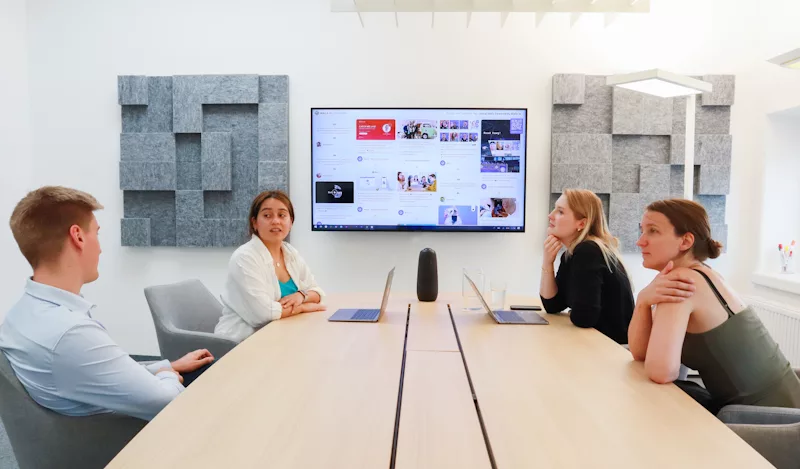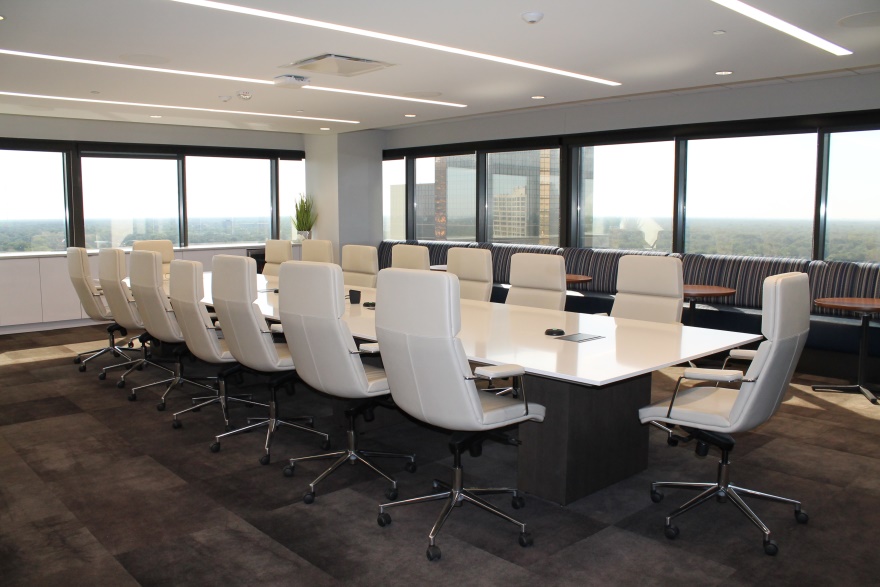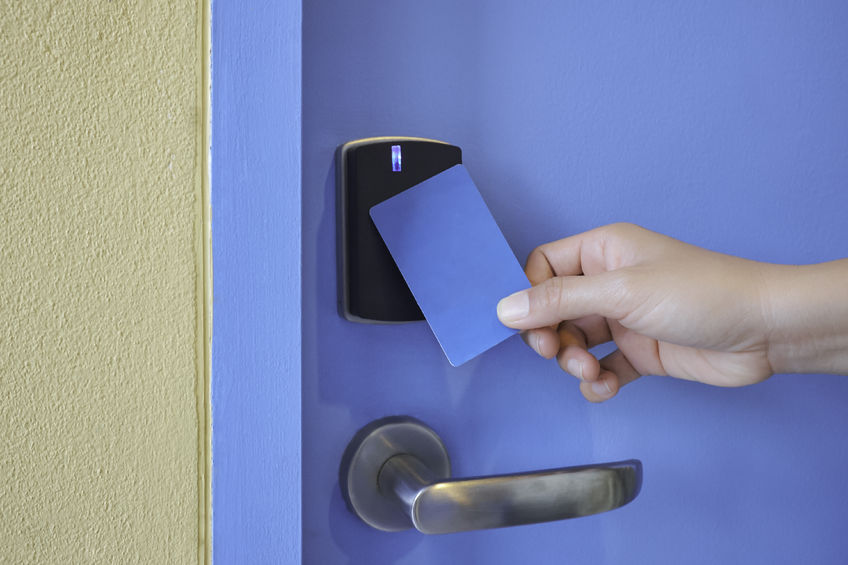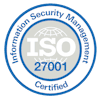Real estate occupies a significant proportion of the operating expenses. Making the best use of the office space benefits the owner in terms of increased productivity and reduced operating expenses.
While the modern workplace utilizes tools such as meeting room and desk booking software to manage the workplace and increase its utilization, there are still some limitations to them. For instance, software by itself cannot detect or control human presence in a room. Human behavior is unpredictable. We have observed that staff in organizations may check into a room to prevent it from getting canceled, but still don’t occupy the room. Such wastage is not something that can be controlled by software alone. It requires something more.
So, How does one eliminate wastage?
The answer lies in using occupancy sensors. Sensors are electronic devices that provide environmental information to systems. These devices are a conduit between the physical environment and the digital environment, capturing environmental conditions and translating them into digital events.
There are a variety of sensors in the market including temperature sensors, humidity sensors, carbon dioxide sensors, and lighting sensors. For this article, we focus on the occupancy sensors. Occupancy sensors help detect presence in spaces through various techniques and send that information to other systems for data collection, analysis, and decision-making. The sensors vary by the technologies used to detect occupancy. From Passive Infrared (PIR) sensors to imaging technologies, the choice depends on what is to be captured.
Sensors have become more accurate, cost-efficient, longer-lasting, and easy to implement. Any organization with a focus on improving office or building space utilization can implement these technologies without having to hack or do re-cabling work. Combined with cloud cloud-based software platform, setting up and configuring these devices is very easy to do combined with built-in reports.
A robust sensor platform also comes with Application Programming Interfaces (APIs) to allow third-party solutions to connect and extract information to perform internal enterprise processing and data collection.
In the case of ecobook, integration with such sensors can provide several benefits that we cover here.
Presence Detection
Presence detection involves the identification of people in a meeting room without knowing the exact number of people inside. This can be done using simple Passive Infrared (PIR) or Ultrasound sensors By capturing the presence of people inside, ecobook can help in several ways.
-
- Comparing the presence of people against existing booking schedules can indicate if meeting rooms are used against the policy of making a booking in ecobook before usage. These cases happen when people use the room for ad-hoc purposes or even for silent work. Gathering this information provides management with insight into the general practices and needs of the space. For example, if meeting rooms are used for silent or focused work, then it means that there is a lack of focus spaces or too much noise in the office. It could also mean that policies are not being adhered to or not enforced.
- When installed under desks, these sensors can provide real-time information on the occupancy status across the floor. This when fed onto a desk booking layout, can provide information on desk availability for staff. This can be a powerful tool in a hybrid work environment where flexible seating requires people to find available seating when coming to the office.
- The above information can be used to generate heat maps that can provide valuable information on the density of usage. For example, spaces in the office where there are too many people congregating or where no one uses can show up in the heat maps. This again, can provide valuable information on the efficient utilization of spaces. For instance, spaces not used at all can be re-purposed to have meeting rooms, cubicles, or focussed spaces due to their low foot traffic.
People Counting
People counting involves the actual counting of persons within a designated space. These use technologies such as imaging, Bluetooth sensors, and so on. When using such sensors, they provide regular updates on not only the presence but also the number of people inside. This opens up many more advantages including those of presence detection.
-
- Capacity utilization. The counting of people against the allowed capacity of the space can help determine if the space is overpopulated or underutilized. For example, if a boardroom of 20 people is being used for a 5-person meeting, then the space is under-utilized. In this case, business rules and policies can be updated to ensure that such spaces cannot be booked.
- Similarly, if a meeting room of 5 is being used for meetings with more than the allowed capacity, then it indicates a lack of meeting spaces.
- Another advantage of people counting was experienced during the pandemic where capacity restrictions were in place due to safe-distancing measures. This is the case, when there were more people than was allowed, ecobook could send an alarm to the facilities team to notify them of violation as these were legal requirements enforced by the respective healthcare ministries.
Conclusion
Occupancy sensors along with ecobook provide critical information to help better manage your space, provide greater control over usage, and reduce operating costs. With today’s affordable sensor technologies, companies can easily incorporate these into their offices and buildings and start capturing information on space usage. This can tremendously benefit offices in ensuring that their existing investments in the space are being efficiently utilized and plans can be made with real, hard data.





